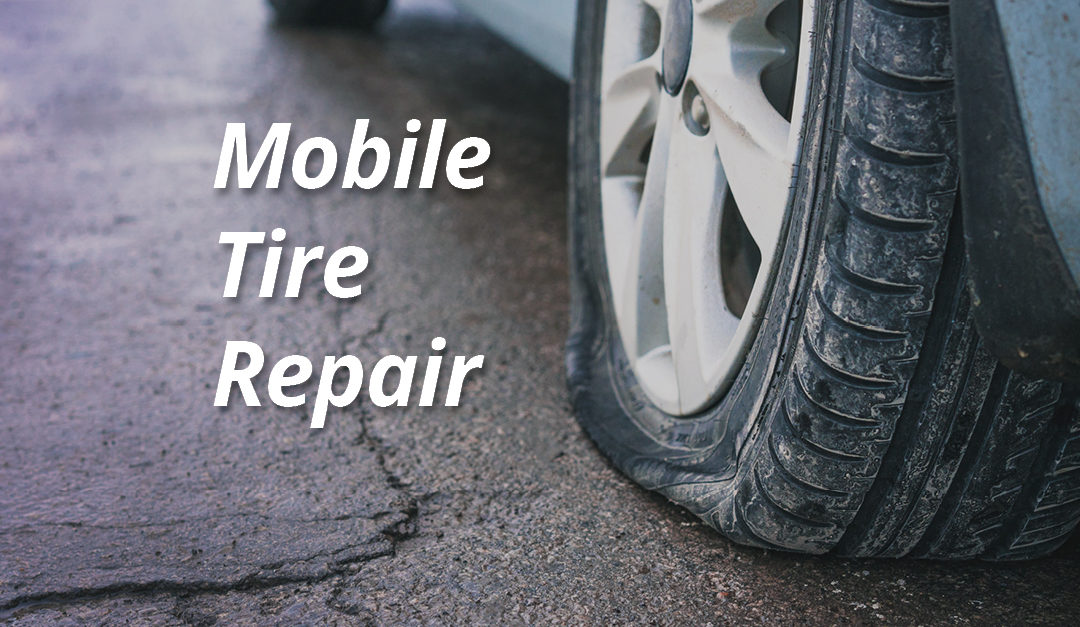Tire Solution: Proven Techniques for Optimal Tire Upkeep and Care
From guaranteeing correct tire pressure to routine turning and alignment, there are tested methods that can substantially expand the lifespan of your tires and enhance general driving experience. Allow's dive right into the globe of tire service and discover the tricks to maintaining your tires in superior shape for the lengthy haul - Mobile Tire Change Las Vegas.
Significance of Tire Stress
Correct tire stress is a vital consider making certain optimum vehicle performance and safety on the road. Maintaining the recommended tire pressure degrees provided by the manufacturer offers various benefits. Sufficient tire pressure advertises much better gas effectiveness, as under-inflated tires can lead to enhanced rolling resistance, causing the engine to work tougher and consume more gas. Right tire pressure ensures also walk wear, enhancing tire long life and conserving money in the long run by postponing the requirement for premature substitutes. Furthermore, correctly blew up tires add to improved handling and stopping abilities, vital for secure driving in various roadway conditions. Over-inflated tires, on the other hand, can lead to reduced grip and a harsher experience. Alternatively, under-inflated tires are susceptible to overheating, which can bring about blowouts and mishaps. Regularly changing and checking tire pressure, especially soon trips, is a simple yet efficient way to improve lorry performance, expand tire lifespan, and focus on security on the road.
Tire Turning Standards
When considering tire turning guidelines, it is crucial to comprehend the importance of this upkeep task in taking full advantage of tire lifespan and preserving optimal automobile performance. Tire turning involves transforming the position of each tire on a lorry to guarantee also tread wear. Front tires often tend to wear extra quickly than rear tires due to steering pressures, making normal rotation essential for well balanced wear patterns.
Advantages of Wheel Alignment
Making sure correct wheel alignment after tire rotation is critical for maintaining balanced wear patterns and making best use of car efficiency. Wheel placement refers to the modification of the angles of the wheels to the maker's requirements. One of the essential advantages of wheel placement is boosted handling and steering action. When the wheels are effectively aligned, it decreases steering effort, making sure a smoother and a lot more regulated driving experience. In addition, proper wheel alignment helps to expand the lifespan of your tires. Misaligned wheels can cause uneven tire wear, resulting in premature tire replacement and increased maintenance costs.

Tire Tread Depth Check
Carrying out a regular assessment of tire walk deepness is necessary for preserving risk-free driving problems and extending the life-span of your tires. The walk on your tires plays a vital role in providing grip, particularly in wet or unsafe problems. To inspect your tire walk deepness, you can utilize a step deepness scale or the penny examination. The recommended tread depth is at least 2/32 of an inch. It is time to replace your tires to make certain optimum efficiency and safety and security on the roadway if the tread depth is listed below this limit. Uneven tread wear can show issues with tire suspension, positioning, or stress, highlighting the relevance of normal tread depth checks. Neglecting to monitor and maintain appropriate step depth can lead to decreased grip, longer braking distances, and an increased risk of hydroplaning. By integrating tire step depth checks redirected here into your routine upkeep timetable, you can drive with self-confidence knowing that your tires remain in leading condition.
Seasonal Tire Examination
Seasonal tire inspection is an essential aspect of tire maintenance that ensures tires are ready to deal with the difficulties postured by different weather problems. In preparation for winter, it is important to check the tire stress regularly as chilly temperatures can cause tire stress to drop. By carrying out regular seasonal tire inspections, vehicle drivers can extend tire lifespan, improve fuel performance, and most importantly, make sure a secure driving experience in differing weather condition problems.
Final Thought
In conclusion, maintaining appropriate tire pressure, rotating tires frequently, aligning wheels appropriately, checking walk depth, and performing seasonal inspections are necessary practices for optimum tire care. By adhering to these verified approaches, drivers can ensure their tires last longer, execute click to investigate much better, and add to overall vehicle security. It is essential to prioritize tire maintenance to avoid mishaps, enhance fuel effectiveness, and extend the life-span of tires.
Adequate tire stress advertises better gas performance, as under-inflated tires can lead to increased rolling resistance, causing the engine to work more challenging and consume more gas.When considering tire rotation guidelines, it is crucial to comprehend the importance of this upkeep task in making the most of tire lifespan and preserving ideal vehicle performance. Seasonal tire evaluation is an essential facet of tire upkeep that makes certain tires are prepared to deal with the difficulties presented by various weather conditions. By performing routine seasonal tire examinations, drivers can lengthen tire lifespan, boost fuel performance, and most importantly, guarantee a protected driving experience in differing weather condition problems.
In verdict, keeping appropriate tire stress, turning tires regularly, lining up wheels properly, checking walk depth, and performing seasonal evaluations are crucial techniques for optimal tire treatment.